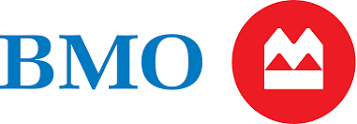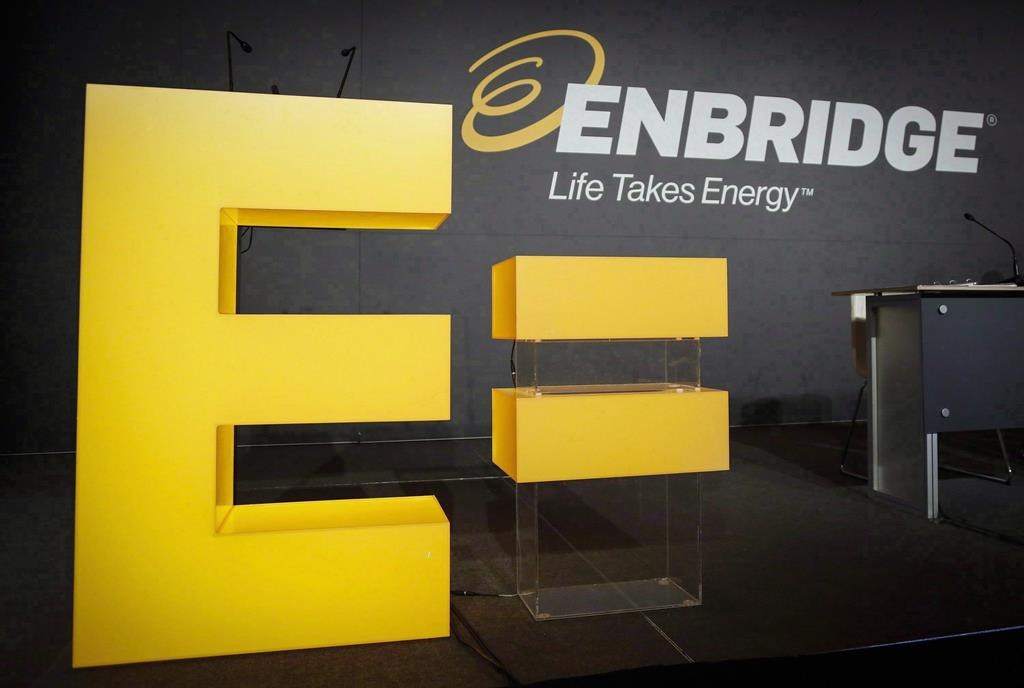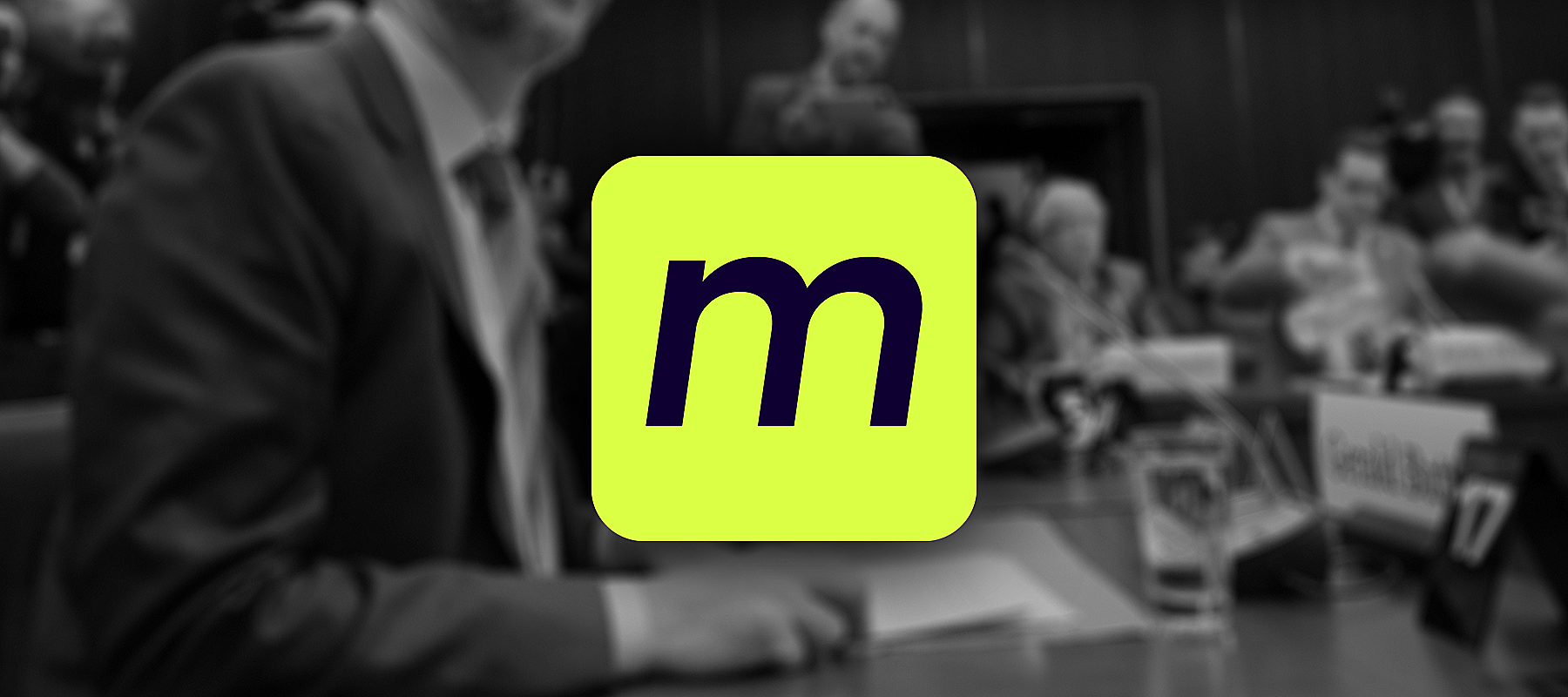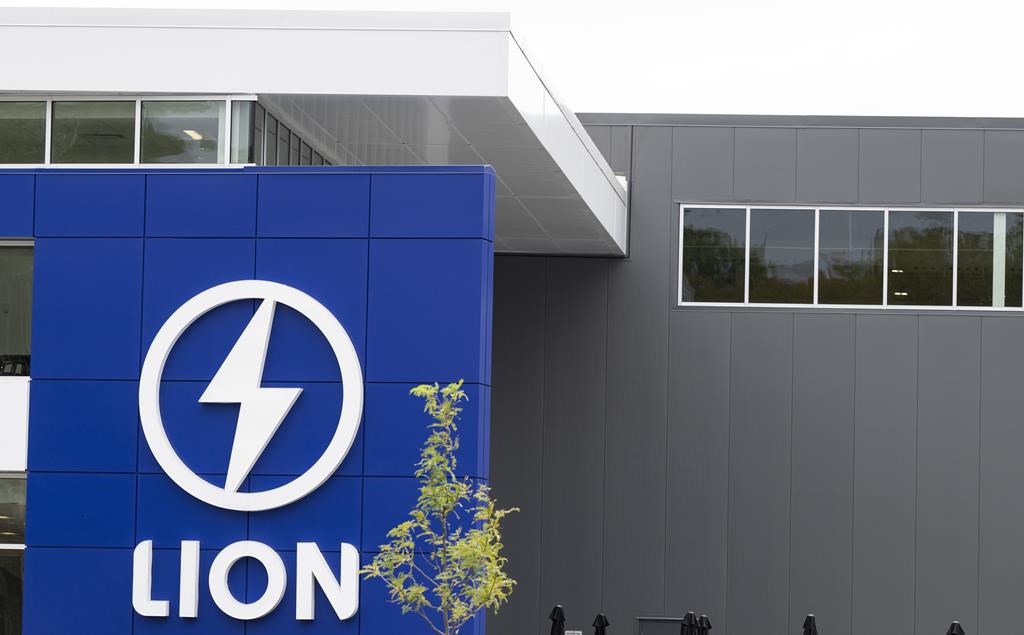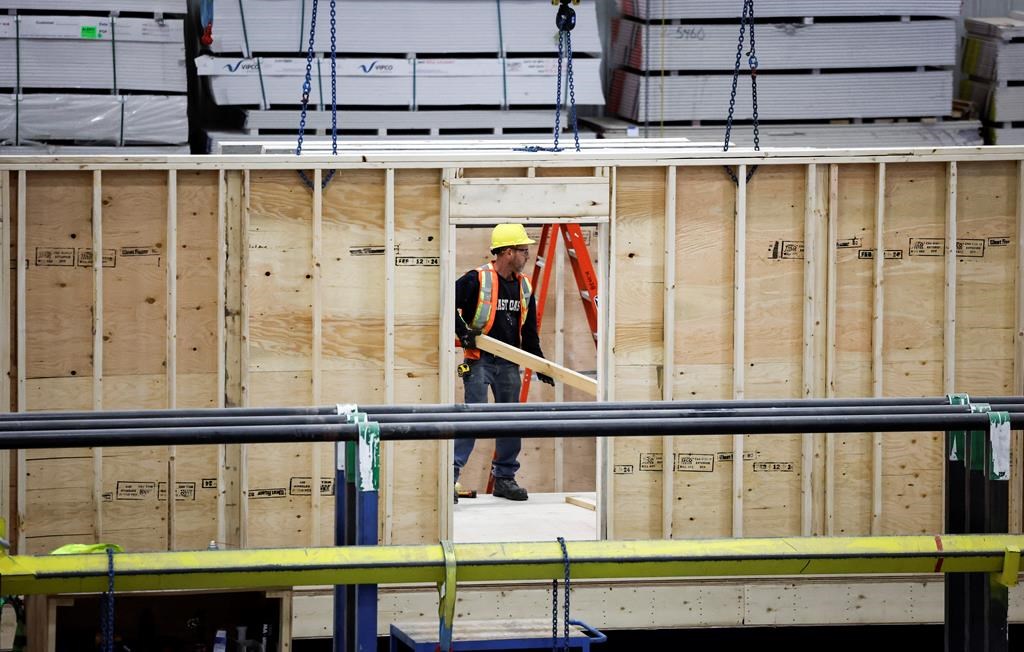
Refinance mortgage vs. home equity loan vs. HELOC
fizkes / Shutterstock
Updated: February 22, 2022
When it comes to borrowing money, homeowners have a leg up. That’s because they can borrow against the equity in their homes — even if they still have an outstanding mortgage balance — at lower interest rates than they’d get on a personal loan or line of credit. Homeowners have three main options: They can choose to refinance the mortgage, get a home equity loan or get a home equity line of credit (HELOC).
While all of these methods of secured borrowing can provide cash for anything from home renovations to university tuition to investments to consolidating higher-interest debt, each has its own pros and cons that should be considered. If you’re debating refinance mortgage vs. home equity loan vs. a HELOC, keep reading: we explain what each product is, how it works, and the applicable fees. More importantly, we’ll highlight the main differences between a refinance and home equity loan and a HELOC so you can choose the product that is best for you.
Differences between refinancing vs. home equity loan vs. HELOC
What is mortgage refinancing?
Mortgage refinancing is the process of renegotiating the details in a mortgage contract, which can include the amount, term, interest rate, type (fixed or variable), and amortization period. This involves breaking the existing mortgage contract and entering a new one, either with the same bank or a different mortgage lender.
One way to easily compare rates from different lenders is to use a modern digital mortgage solution, such as Homewise or Breezeful, which can get you rates from multiple lenders with a single application.
Most often, homeowners refinance a mortgage for one of two reasons: to get a lower interest rate so they can decrease their borrowing costs, and/or borrow extra money against the home’s equity.
Mortgage refinance amounts
A refinanced mortgage can be up to 80% of the home’s current market value. But, just as the case was when you first bought your house, the lender will look at household income, debt level, credit score, the amount of equity held (in lieu of a down payment) — and will also apply the mortgage stress test — to determine exactly how much the homeowner is eligible to borrow.
Any difference between the new refinanced mortgage amount and the old mortgage amount will be paid to the homeowner as a lump-sum cash payment, which is how the homeowner can borrow against the home’s equity.
Say, for example, you bought a property four years ago for $500,000, and its current market value is $675,000. Between an initial down payment of $100,000 and five years of monthly payments, you now owe about $350,000 on the existing mortgage. The most you’d be able to borrow (assuming you qualify with your earnings, debt-to-income ratio, etc.) on the new refinanced mortgage would be $540,000 ($675,000 x 0.8), and you’d receive a lump-sum cash payment of $190,000 ($540,000 – $350,000).
Mortgage refinance payments
As with any mortgage, the payments include both interest charges and repayment of the principal loan, based on the mortgage interest rate and amortization period.
In our example, assuming a variable rate of 1.7% and a 25-year amortization, the monthly payments on the new refinanced mortgage of $540,000 would be about $2,210.
Mortgage refinance fees
There are several costs that can come with refinancing a mortgage, including:
- Home appraisal ($350 to $500)
- Mortgage registration fee (about $70)
- Mortgage discharge fee (up to $400, but only if switching lenders)
- Legal fees (about $700 to $1,000; but a new lender may pay these costs as an incentive to win your business)
- Mortgage prepayment penalty (only if refinancing mid-term; see below for cost info)
Mortgage refinance options
There are two options available to homeowners who want to refinance their mortgage. The first option is to wait until the end of the existing mortgage term. The second option is to refinance before the term is up, which involves additional fees — namely a mortgage prepayment penalty.
These prepayment fees, which can be substantial, are a major difference between a refinance and home equity loan/HELOC so it’s important to understand how they are calculated.
For a variable-rate mortgage, the prepayment penalty is equal to three months’ interest on the existing mortgage balance. In our earlier example, that would be three months of interest on $350,000. If your existing variable rate is 1.7%, the monthly interest is about $495, so the penalty would be about $1,485.
Calculating the prepayment penalty on a fixed-rate mortgage is a bit more complicated. It is based on the difference between the remaining interest you’d pay on your existing mortgage until the end of the term, and the interest you’d pay at your lender’s current rates for a similar mortgage over the same period. This is called the interest rate differential (IRD).
In our example, if you had a five-year fixed-rate mortgage of 3%, you’d pay about $10,500 in interest in the remaining year that’s left on the term ($350,000 x 0.03). If the lender is now offering a five-year fixed rate of 2%, the interest for one year at that rate would be about $7,000 ($350,000 x 0.02). The IRD is $10,500 – $7,000, so the mortgage prepayment penalty, in this case, is $3,500.
If you had two years left on the term the penalty would be twice as much ($7,000), and if you had three years left it would be $10,500. In other words, the earlier in the term you break and refinance a fixed-rate mortgage, the higher the prepayment penalty will be.
Get a competitive mortgage interest rate!
Tangerine
Quick Facts
Whether you're buying a new home or refinancing, Tangerine is all about keeping mortgages simple. So don't stress over the numbers and calculations - they'll walk you through it all. Rates starting as low as 5.74%.
BMO Mortgage
Quick Facts
Limited Time Offer: Get up to $4,200 cash back* when you switch your mortgage to a new qualifying BMO Fixed or Variable Rate Closed Term Mortgage or a Homeowner ReadiLine with a term of three years or longer from March 13 to June 30, 2023. *Terms and conditions apply. Rates starting as low as 4.89%.
Please refer to Tangerine and BMO for additional and current mortgage rates. Rates presented accurate as of April 17, 2023.
What is a home equity loan?
Any loan that uses the equity in your home as collateral is a home equity loan. You can borrow up to 80% of the home’s value, which you would receive as a lump-sum payment. You are charged interest on the full amount and must begin repaying the loan immediately on a fixed schedule.
If you think that sounds an awful lot like a refinanced mortgage, you’re not wrong. The main difference between refinancing and a home equity loan is that the latter is a separate loan on top of your existing mortgage, so you don’t break your mortgage contract or incur any prepayment penalty. Furthermore, the interest rates charged on home equity loans (including second mortgages, which are a type of home equity loan) are higher than on a first or refinanced mortgage. As such, homeowners who qualify for a mortgage refinance will usually choose that option over a home equity loan.
What is a home equity line of credit (HELOC)?
A home equity line of credit (HELOC), however, is something else entirely. It is revolving credit that you can borrow, pay back, and re-borrow on your own schedule — and you only pay interest on the borrowed amount at any given time.
HELOC amounts
To be eligible for a HELOC, you must hold at least 20% equity in your home, and the maximum credit limit is 65% of the home’s market value.
Let’s revisit our example where you own a home currently valued at $675,000, with a mortgage balance of $350,000.
Because you need to have 20% equity in the home, which in this case is $135,000 ($675,000 x 0.2), the maximum HELOC credit limit is $190,000 ($675,000 – $135,000 – $350,000). If you had already paid off the mortgage, however, the maximum credit limit would be $438,750 ($675,000 x 0.65). Of course, the specific credit limit a lender will approve also depends on your household income, debt level, credit score, and the mortgage stress test (for some lenders).
HELOC payments
As previously mentioned, monthly HELOC payments are interest-only; you don’t have to repay the borrowed funds until you’re ready. It’s this flexibility that makes a HELOC attractive, despite having interest rates that are less competitive than mortgage interest rates.
So, for example, if your lender approved you for a $190,000 HELOC credit limit at a current interest rate of 2.5%, and you borrowed $25,000 for an emergency home repair, your monthly interest payment would be about $52. (For comparison’s sake, if you borrowed the full $190,000, the monthly payment would be about $395.)
Keep in mind, however, that this amount is in addition to your existing mortgage payment — and must continue to be paid each month until you pay back the money you borrowed from the HELOC. Without any required principal repayments, you could potentially pay this interest forever. Furthermore, the payments could increase substantially if interest rates go up, as all HELOC interest rates are variable.
It’s also important to note that your lender can lower your credit limit or demand that you repay your outstanding balance at any time (with notice), although this is unlikely if you are making your interest payments on time.
HELOC fees
There are several costs that can come with a HELOC, including:
- Home appraisal ($350 to $500)
- Administrative fee ($100 to $200)
- Legal fees (about $700 to $1,000)
Refinance mortgage vs. home equity line of credit vs. HELOC: pros and cons
Here are the main advantages and disadvantages of each borrowing option.
Refinance mortgage vs home equity loan vs. HELOC: how to choose?
If you are not looking to borrow extra money and simply want to take advantage of today’s historic low-interest rates, mortgage refinancing is the way to go. Of course, you’d need to crunch the numbers to make sure refinancing would decrease your overall mortgage costs even after accounting for all the applicable fees, especially if you are refinancing in the middle of your existing mortgage term. A smart strategy that won’t cost you a dime is to consult an online mortgage broker that can find the best mortgage offers from top lenders across Canada.
In terms of borrowing against your home equity, it’s not just a matter of considering the differences between a refinance and a home equity loan/HELOC. You must also be honest with yourself about your financial habits before choosing which one is right for you.
For example, if you don’t have a specific expense in mind and you just want to have access to extra funds in the case of an emergency or for anticipated costs in the future (e.g., a planned roof replacement), a HELOC is often the best option as you won’t pay any interest until you start borrowing. But if having access to those funds proves to be too tempting and you end up drawing on the HELOC for frivolous spending, it’s wise to avoid it.
If you’ve already had issues with credit card debt or other forms of high-interest borrowing and you want to consolidate that debt at a lower rate, mortgage refinancing may be the better option as you’ll not only get a lower interest rate than on a HELOC, but you’ll also have a fixed payment schedule to ensure you eventually pay off that debt. If you don’t qualify for a refinanced mortgage, a home equity loan/second mortgage is another option that will keep you on the straight and narrow in terms of timely debt repayment.
Finally, if you’re borrowing for an immediate expense, such as a home renovation — and you want to lock in your interest rate because you think rates of borrowing will increase in the near future — a fixed-rate mortgage refinance may be your best choice, as there are no fixed rates on HELOCs.
If you aren’t concerned about possible rate fluctuations and you want the flexibility of paying back the borrowed amount on your own schedule, go with the HELOC. Just remember that if you don’t eventually repay the balance, you could end up paying much more in interest fees than you bargained for.
Disclaimer
The content provided on Money.ca is information to help users become financially literate. It is neither tax nor legal advice, is not intended to be relied upon as a forecast, research or investment advice, and is not a recommendation, offer or solicitation to buy or sell any securities or to adopt any investment strategy. Tax, investment and all other decisions should be made, as appropriate, only with guidance from a qualified professional. We make no representation or warranty of any kind, either express or implied, with respect to the data provided, the timeliness thereof, the results to be obtained by the use thereof or any other matter.

